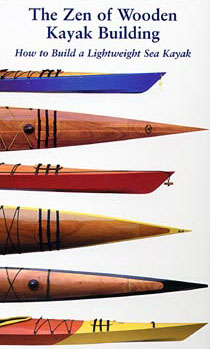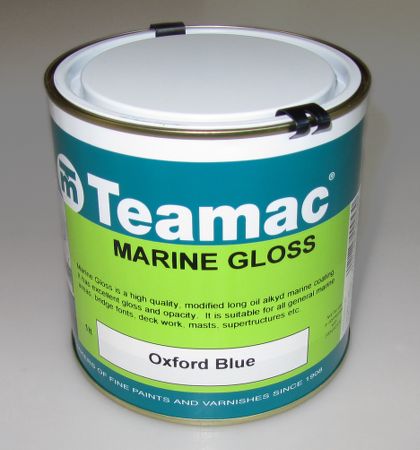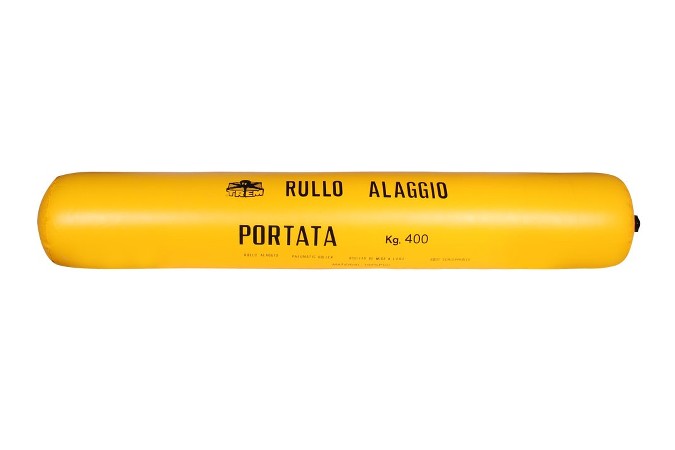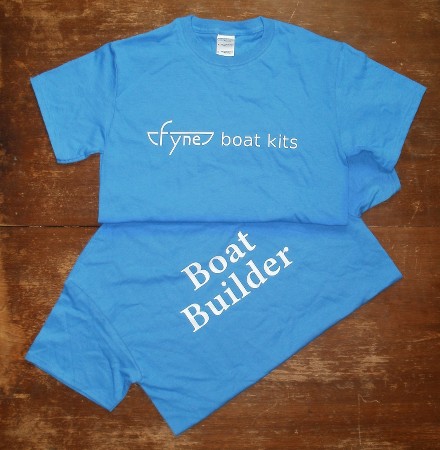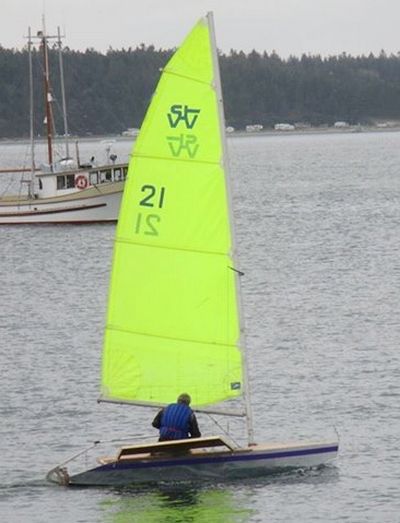

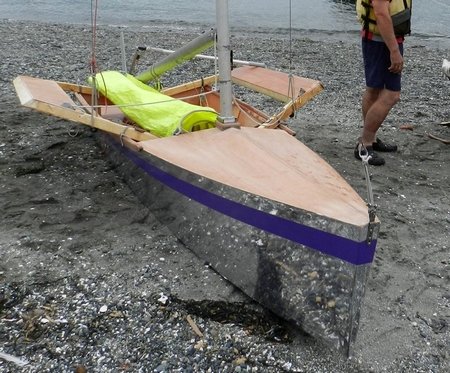
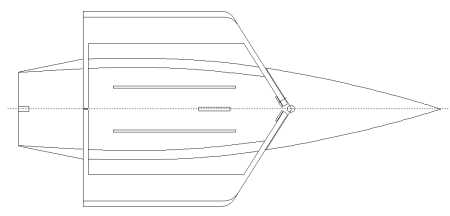

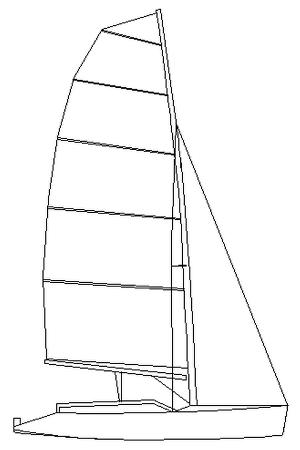






Product Description
Zest is a hiking (no trapeze) single-handed racing dinghy designed by Richard Woods, based on his 50 years racing experience, which includes winning two singlehanded national championships.
Designed in the classic style, it has a simple hard chine stitch-and-glue plywood hull and sitting-out wings, which are demountable and simply slot into sockets on the main bulkheads. The wings form a very comfortable angled gunwale to sit on, high above the water with no hard edge digging into your thigh.
I didn't want it to be too extreme, preferring a boat that you can race straight away, rather than one that comes with a steep learning curve. The ideal crew weight is between 70-90 kg, but lighter helms will need to be more athletic.
Richard Woods, designer
The wings are foam-filled and fully buoyant, which gives extra stability down to lee, where it matters, when the boat heels. They taper fore and aft to act as skis when they dig in. Zest's overall beam is moderate, as wings that are too wide make a boat tricky to sail and, especially, to tack. The wings also help prevent death rolls and windward capsizes.
Although the hull is a simple dory shape, there is a chine aft, which reduces transom drag in light winds. It has a self-draining cockpit and plenty of built-in buoyancy for safety. The boat is easily righted after a capsize and the open transom makes it easier to climb back onboard over the stern.
Both foils have a moderate aspect ratio. A higher aspect ratio (longer and thinner) may be more efficient, but puts bigger loads on a weaker structure that is harder to home-build. A high aspect ratio foil also stalls easier which would make the boat trickier to sail.
The daggerboard is parallel sided, so that when it is raised the slot is still filled and there's no turbulence. Only the bottom section is tapered, in line with modern thinking, to reduce drag from tip vortices. The rudder has a gently curved leading edge because, despite one's best care, rudders regularly drag on the ground when moving onshore and a sharp corner would quickly wear.
Zest features a centre mainsheet, as that makes gybing easier (always a tricky manoeuvre on a fast singlehander), and sail controls are led to the wings on each side. A fully battened sail is shown in the plans, but a half battened sail is another option (just the top two full length battens). The simple stayed mast may be reused from another dinghy.
Building the Zest dinghy is very simple; it should be possible to build the hull (unpainted) over a weekend. It uses only 3 sheets of 4 mm, 1 sheet of 3 mm and 1 sheet of 6 mm plywood.
The Zest is light weight and narrow enough to cartop.
- LOA: 4.2 m (14′)
- Overall beam: 1.9 m (6′ 2″)
- Hull beam: 0.96 m (3′ 2″)
- Empty weight: 50 kg (110 lb)
- Sail area: 9.2 m² (100 sq ft)
- Sail area (optional smaller rig): 8.2 m² (88 sq ft)
- Draught: 0.1 / 1.05 m (4″ / 3′ 6″)
Plans
The Zest dinghy plans include detailed specifications for building the boat. The quality and clarity of the plans ease the construction of this boat, though you still need to be confident of your plans-reading ability.
A complete materials list is supplied with the plans. All dimensions are in metric units.
PDF Plans
An electronic version of the plans in PDF format that can be viewed using Adobe Reader. After credit card authorisation the file will be sent to the email address put on the order form.


